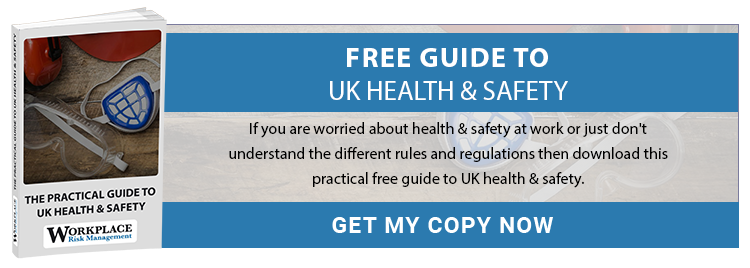
Every employee, whether full time, casual, temporary or volunteer, needs to be able to carry out their duties in fulfilling the duty of care that a retail establishment owes to its staff and subcontractors, to its customers, and members of the public who visit the premises. That means they must be aware of their responsibilities and be competent to execute related actions. Therefore they require training.
Training For The Most Common H&S Risks In Retail
Every industry has its own Accident In The Workplace incident profile of the most frequent causes of accidents. What might be considered frightening risks, such as fire, are actually rated quite low on the scale of probabilities. It is the far more mundane risks such as materials handling and falls/slips that result in a large number of retail workplace injuries and lost days every year.
The fingerprint for retail reveals that these are the culprits for the majority of recorded accidents:
- Wet floors causing slips
- Lifting & carrying manual handling
- Objects falling from a height
- Car park incidents involving moving vehicles
- Forklift related incidents
Training To Meet The Main Retail Safety Risks
Of course, training staff on emergency procedures in the event of fire is a critical activity. Knowing the locations of fire alarms fire exits, fire extinguishers and assembly points is what can save lives in the highly unusual event of a fire breaking out. Penalties are severe for retailers who do not comply as B&M, Poundland and Asda discovered when prosecuted for fire breaches. Therefore, a good portfolio of training courses should include as a minimum:
- Lifting and carrying / materials handling
- Falls, trips and slips
- Working at height
- Fire awareness & fire training
H&S Roles And Responsibilities In A Retail Environment
For effective health and safety compliance, you really only need to address two roles:
- Supervisors and managers
- Employees
This keeps everything simple. Supervisors and managers will require some additional higher level training to enable them to properly understand the thrust of the requirements and ensure that appropriate training is delivered to all staff.
Repeat Training Pays Dividends
If one considers how many days are lost because of, say, materials handling injuries it should be obvious that it warrants delivering repeat training at least twice a year. People quickly forget, and H&S training is often perceived as dull and “obvious”. Repetition is often needed to hammer the message home and to gradually raise awareness in the workforce to a level where safety consciousness becomes the norm.
Obtain Professional Expertise For Retailers
Realising how critical H&S compliance is, many retailers choose to engage the services of experts such as us at Workplace Risk Management. With the best will in the world, supervisors and managers who have H&S tacked on to their regular retail business duties simply cannot have the same level of expertise or eye for detail as fully trained and professional consultants.
Bringing professionals on board is like bolting on your very own dedicated H&S compliance department without the hassle of employing additional staff. It delivers significant and valuable risk mitigation. Contact us today for an introductory discussion about your operation and how we can help improve your H&S compliance across the board.


